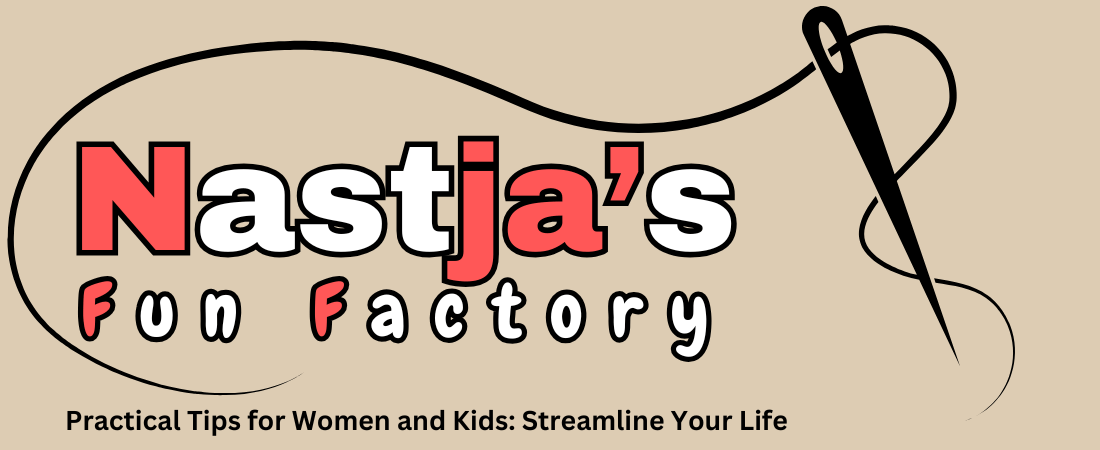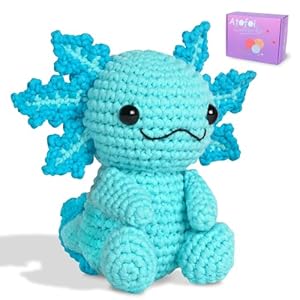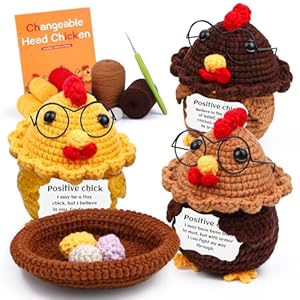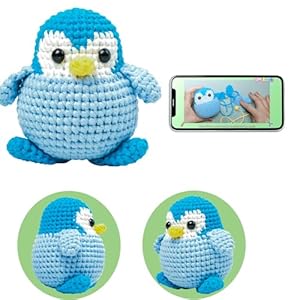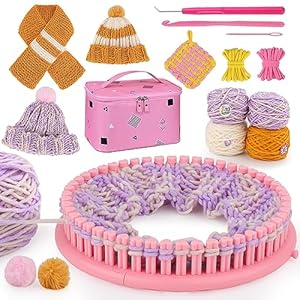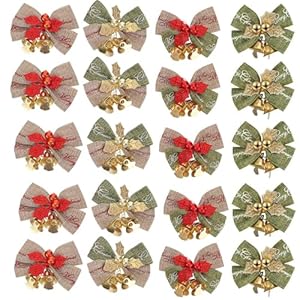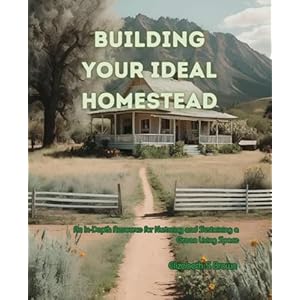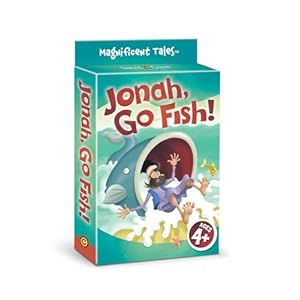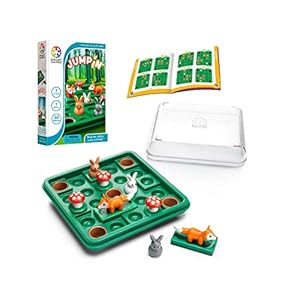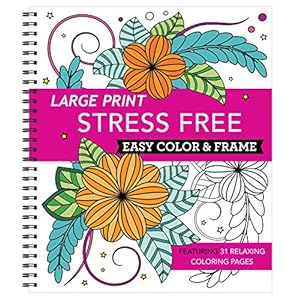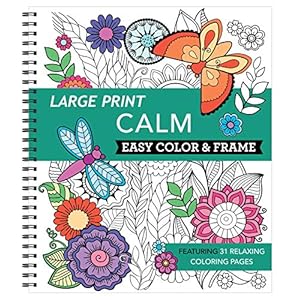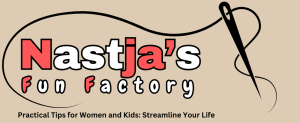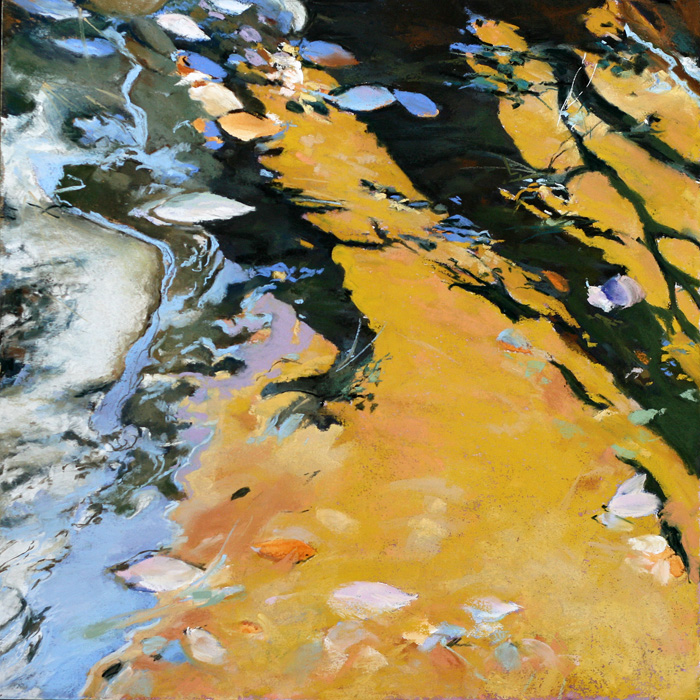
Colette Odya Smith. Do you know her work?
Whenever a new piece of hers pops up, I stop in my tracks. There’s something about the way she blends representation with a sense of abstraction that always pulls me in. Her attention to design is unmistakable—the strength of her composition and the pattern of values are compelling.
What I love most is how Colette continually reinvents her work. She creates from an inner drive, not from the expectations of galleries or the public. That kind of artistic integrity is both rare and inspiring.
I finally met Colette at the 2024 International of Pastel Societies (IAPS) Convention, and we even managed to squeak in a wee video together (you’ll find that at the end of this post!). I knew right then I wanted her to be a guest on the HowToPastel blog.
And here she is! With a post full of insight and encouragement for your own artistic journey.
Read, savour… and then go make something!
And before I hand over the blog, here’s a bit about the artist Colette Odya Smith.
Colette Odya Smith Bio
Colette Odya Smith is primarily a pastel painter who, for over 30 years, has become known for contemporary landscape-based work that skirts the edge between representationalism and abstraction. She has received over 70 awards and been recognized by such groups as the International Association of Pastel Societies (IAPS), the Pastel Society of America (PSA), and the Societe des Pastellistes de France with Master and Eminent designations. While maintaining her focus on her personal practice, she teaches workshops, offers critiques, demonstrates, serves as a juror and judge, writes for the Pastel Journal and the Artists Magazine, and serves on the Advisory Board of the PSA. To dig deeper, visit Colette’s website.
And now, grab a beverage, sit back, and savour the gems Colette Odya Smith is about to lay on you!
*****
I want to begin with general thoughts regarding growth and development in your art practice that I call ‘self-teaching.’ Following these opening thoughts are 10 suggestions I offer with stories that describe how they have played out for me.
Basic Growth Fundamentals
Keep an attitude of openness.
Have the improvement of your work as your main objective and do what it takes to continually achieve that as your definition of success.
Use both exterior and interior ways to keep growing. Seek input to direct your efforts to learn, improve skills and thought patterns, and enlarge your comfort range. Respond to your own life experiences and normal changes and needs – listen to your gut, honour your evolving reality. I believe your efforts need to be specific to art as well as to your life in general.
Remember, artistic advancement is intimately connected to your emotional and intellectual advancement. It helps to think of art as a safe way to explore, take risks, experiment, and even fail. The consequences are time, materials, and energy spent. These are bearable costs compared to blowing up your whole life with what might be disastrous explorations, risks, and experiments.
Understand that while you and your work evolve, you are still you. Abiding loves and interests will continue to appear though they may present in novel forms. Such deep attractions need to be recognized and nurtured as a deep source of your core artistic identity.
Observe and respect the cycles of energy necessary to create art. You are not a production machine – think of it more like having the need for crop rotation, letting fields lie fallow, moving to new grazing grounds so they can replenish and re-grow.
Realize that the world around you will play a part in how, when, where, and why you are moved to create, even if it is in troubling or debilitating ways. Accepting this and continuing as best you can anyway may lead to surprising growth and directions.
10 Suggestions
1. Pay attention to your inherent inclinations and attractions
While I was learning to paint with pastels, I did this figure study (see below) in the class. I knew there were lots of clumsy elements in the piece, but it took a friend in the class to help me see part of what was causing it. She pointed out that I must be a landscape painter because the white sheet looked like the cliffs of Dover and the floor looked like the ocean. In effect, I had drawn a picture of a giant sitting on the edge of England!

Another example from my early pastel work, “Within Our Grasp,” shows my deep interest in connecting the landscape to humans, trying to express how we are a part of our environment.

2. Riff on artists whose work you are moved by
I love so much of Mark Rothko’s work even though I cannot paint the way he painted, and I don’t really want to. I do want to move people the way some of his works move me. There is a particular favourite of mine in the Milwaukee Art Museum that I have spent quality time with. When I was nearing the end of my Standing Water Series, I was challenging myself to eke out a few more paintings from my source material. “Meditation: Simplicity” was an attempt to incorporate the lack of forms and the richness of fields of colour that Rothko excelled at. I learned that I need some forms to carry the colour composition and balance. Attempting a Rothko-like painting confirmed one of my own aesthetic priorities.


Some years later, that painting came to my inspiration rescue in elevating a landscape of a deep dell from the literal world of ‘everything is green.’ I purposely introduced his deep red and blue in the lower half of the painting to create a non-realistic element to provoke mystery and indicate there was more going on here than just a pretty place.

3. Try new media and change things up
One thing I have tried is copper and gold leaf. The contrasting texture and the reflective energy of the metals were transformative.

I also occasionally work on a dimensional surface – using ripped, cut, and textured papers. I’ve always loved embossed papers and origami, the subtlety of white on white creating colours and forms just from the play of light. I wanted to find ways to incorporate such surface interest and subtlety into my pastels. Ripping 4ply museum board led to a series of surf paintings matching the ripped paper with the images. This interest returns in different ways over the years.

My response to an experience on a tour of Peru that included a stop to a science research station in the Amazon rainforest provides another example of this interest. The beaten path to the pit toilets literally stopped me in my tracks. Dozens of photos later, they became the inspiration for my Crucible Series. I used large circles of hand-made, roughly textured watercolour paper to rip and tear the compositions, layering the circles onto my 4ply museum board. I did this to give a compositional structure, an imposition of abstract identity, to the images. This removed them from their plebian origins and elevated them so that viewers would see beyond paintings of cracks in a dirt path. After all, they were so much more to me already.



4. Make use of a new tool
In this case, the tool was Photoshop Elements. I am still far from proficient in many of the possible applications of this computer programme but playing around with it has opened new ways to manipulate my photos to get more out of them for my paintings.


In “The Sky is Falling,” I wanted to use blue somewhere else other than the sky or water and the computer allowed me to see the leaves as blue. Then while experimenting with altering the colours and moving things around in a source photo, I changed the blue water to yellow and skewed the shape of the log shadow. The resulting painting, “Waterways” became an award winner.

5. Take a class, either in your chosen focus or in a totally different medium or aesthetic
I once took a continuing education class in Japanese Brush Painting, something I have always been drawn to. While I determined that I would not be mastering the art form for a variety of reasons, including the years of discipline it would require, I nevertheless gained immensely from the experience and wisdom of my instructor.
Among the surprising lessons I took away were the importance of physical and mental readiness, and most intriguingly, the practice of accepting each mark you make without judgement, recognizing it as an undeniable statement of your present condition. While I cannot claim to have successfully incorporated these lessons into my art-making practice, they are now a part of me and they play a part in what I make, especially if I consciously remember them!
Another class I took was online with Halla Shafey, the fabulous abstract pastel painter from Cairo, Egypt. In following her instruction, I created a painting in 2 hours with techniques that were new to me. This was a land-speed record for me. It was exciting and energizing, yet, as I reflected on her approach and methods, I realized several reasons some did not fit me. Even so, pushing into her mindset opened possibilities within my own approaches and methods.

This brings up a very important point I want to make about studying with others. Whatever you hope to gain from taking workshops and classes, I believe it is critical to your own development that you examine closely how and what you choose to bring into your practice and what to leave behind. While the actual experience, pleasant or not, will always add to your life (and by extension, your work), you must remain the final arbiter of what you use and what you don’t, what resonates with you and what doesn’t, what you accept and what you reject.
6. Do a residency
If you can, doing a residency gives you the opportunity to focus on your work (perhaps even brand-new stuff) while breaking you out of your comfort zone of familiarity. I had the opportunity to spend a month at Ghost Ranch, NM. The experience was rich with adventure and growth in very many ways both personal and artistic.



7. Shake up your established process. Be your own teacher
Over time, most of us settle into a comfortable routine to create our work. This is certainly a good thing since we learn what works, what is efficient, what is effective. If that routine becomes a rut, a self-imposed straight jacket, the benefits can be lost.
As I was grieving the loss of my mother, I was unable to find solace in my work. I just couldn’t keep doing what I had been doing. In an effort to keep painting, I decided to try a different approach. Instead of working from photos, I took one colour, a deep thalo teal, and one theme, the pattern of the shadow of leaves on water that I had used in several paintings and still loved. I set the goal of teaching myself to use those teal leaf shadows with any and all other colours that I chose from the least-used corners of my palette.

Using a small 10 x 10 in size, I invented imagery, introduced the companion colours, and worked on each painting until I didn’t know what to do next. Posting each one on the wall, I began another and another, working each one until I came to a blockage. I would study the wall of paintings until one of them showed me what I might do next to advance the image. When I got stuck, back to the wall it went, waiting for another one to announce its needs.
All in all, I created more than a dozen paintings this way, over 3 to 4 weeks. When I had them completed, I found myself ready to resume my usual work, but now I had new insights to bring to my practice.

8. Recognize serendipity as the universe sending you a gift
I was straddling my little pond in my back yard as I have so many times over the years trying to photograph at just the right angle and composition without falling in. I kept noticing areas of red showing up in the digital images while there were no red leaves floating on the water. I suddenly realized that it was my red jacket, distorted, that I was seeing reflected in the water. This led to several dozen photos and quite a few paintings.


9. Dig deeper into the things you love and bring them into your work
I have always loved architecture, especially old stone walls, floors, and doorways. Not an uncommon interest I realise. When I travel, I take tons of pictures of all kinds of buildings or details of man-made structures. These usually don’t end up in my paintings, until I decided to try to find ways to incorporate this other love of mine.

Every so often, I now happily include architectural elements in my paintings and am getting better at integrating them into my landscape aesthetic. “Remembering What Remains” used bits and pieces of pictures of abandoned buildings on a Greek island to create an abstract composition that was better than any of the individual photos.


10. Enter, apply, offer, say yes
We know that ‘marketing’ ourselves and getting our work out into the world is a part of the artist’s life. I won’t get into everything this subject entails, except to say that it is part of the whole idea of being open. Putting yourself and your work out ‘there’ is often the best way to facilitate growth.
When I first began my ‘career,’ my paintings were developing to the point where I wanted others to see them. But how to start? I did the most reasonable thing I knew and that was to join the local art association. To do that I had to enter slides, so I spent considerable time and energy learning how to make good professional-looking slides.
When I was accepted and began attending meetings, I wanted to enter one of their shows. To do that I had to learn about the process of entering and framing. After that came writing an artist statement, creating a bio, protecting and transporting the work, handling myself at an opening reception, and so on.
Later came teaching, mentoring, critiquing, judging, and yes, writing. Do you get the idea? Each time you try, each time you volunteer, each time you say yes, you are offered lots of new things to learn. Each one enriches you and you bring that to your work.
Since that time, technological advances continue to both drive us crazy and provide opportunities to have our work reach beyond geographical and social boundaries. Without those advances and changes to how we function as artists, I wouldn’t be writing this guest blog post.
30 years ago, if you had told me that one day I would travel to, teach, and exhibit my work in France, including at the home of Gustave Caillebotte on the outskirts of Paris, or that I would travel to China to exhibit and have my work in the collection of the Ming Gallery Museum of Pastel Art, I would have thought it impossible.
My artistic path has been filled with surprises that continue to exceed my expectations. I did not plan these things. They weren’t on any kind of 5- or 10-year business plan. They happened, step by magical step, as I busied myself, working as hard as I could to create the best art that I could.
Keeping yourself centred on improving your art as a way of being of service is the best way I know to grow and be truly successful.
~~~~~
So tell me, are you inspired?? I sure am! Soooo many doable and motivating ideas!
It’s on my bucket list to do a residency (#6). I research them occasionally but never quite follow through to applying. This year!
Also, #8 is all about paying attention and being open to what may be right there in front of you. Learn to see what you’re looking at! I find I am doing more of this and Colette has brought the idea clearly into focus.
And as a lover of diving into art of the past, trying to understand why a certain painting works so well, I do love #2.
Colette Odya Smith is unafraid to take risks. You can see this in the evolution of her work. Let that and the practical and exciting ideas on her list on how to grow and shift as an artist inspire you. Feel the desire to do something new and go for it!
Please let us know which suggestion speaks most to you! And if you have thoughts or questions, be sure to leave them in the Comments below.
Until next time!
~ Gail
PS. You can read more about Colette’s ideas in her articles for magazines. For instance, with regard to the idea that the world around you will play a part in how you create, Colette wrote “Pathway Home” for the Artist Magazine March/April 2022 issue which was about the work she created during COVID isolation. And there’s the article “Be Your Own Best Teacher” in the Summer 2021 issue of the Pastel Journal.
PPS. Here’s that short video interview I did with Colette Odya Smith! I know you’ll enjoy “seeing” her and hearing her wise words!
Trending Products
